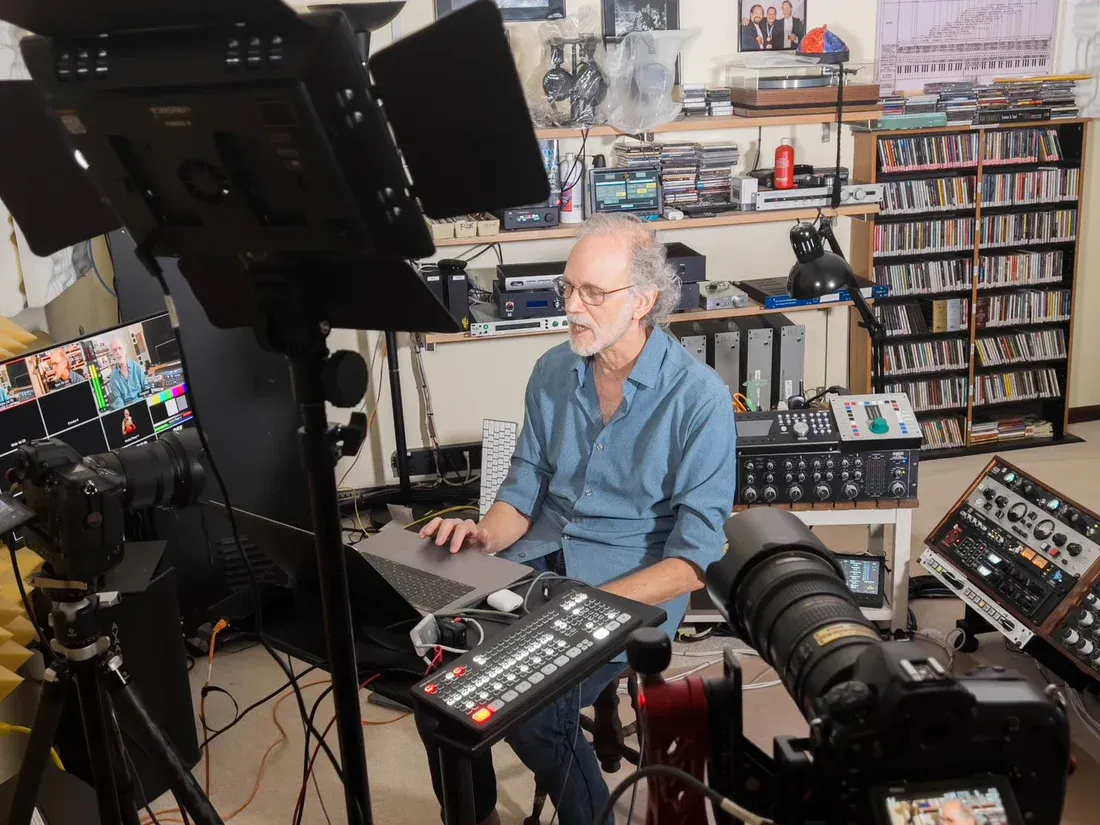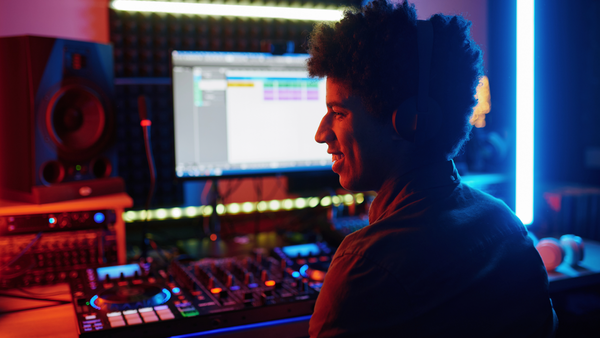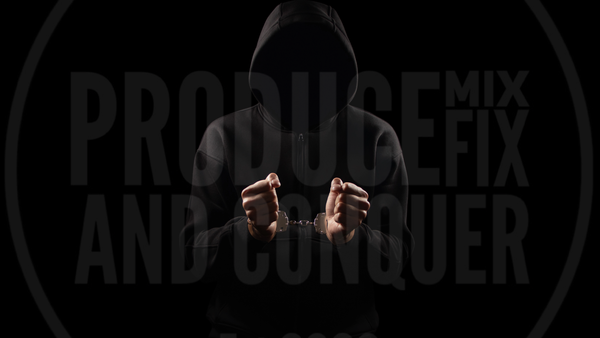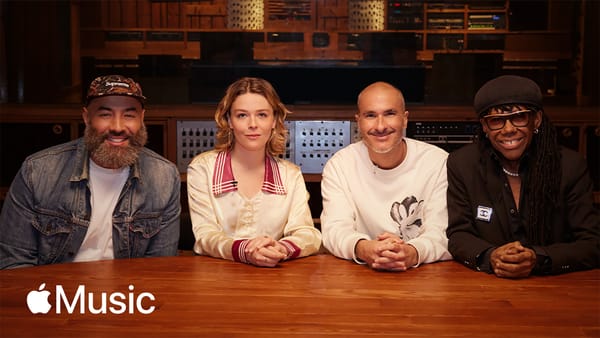There Ain't No Such Thing As a Free Lunch - By Bob Katz

Heinlein’s Aphorism Applied To Audio
I distinctly remember a passage from a Science Fiction book I read as a kid, Robert A. Heinlein’s “The Moon Is A Harsh Mistress”: "Gospodin," he said presently, "you used an odd word earlier--odd to me, I mean..." "Oh, 'tanstaafl.' Means ‘There ain't no such thing as a free lunch.' And isn't," I added, pointing to a FREE LUNCH sign across room, "or these drinks would cost half as much. Was reminding her that anything free costs twice as much in long run or turns out worthless." "An interesting philosophy." "Not philosophy, fact. One way or other, what you get, you pay for."

Above: PMFC Interview on Youtube
Without a doubt, Heinlein’s Tanstaafl principle applies to audio recording, mixing and mastering, a lesson that I have learned the hard way, over years of experience. But sometimes we all forget or ignore our experience, as the other day I forgot that lesson, when I mastered an almost perfect pop mix by one of my return clients.
Normally, he hits the ball out of the park, makes a fantastic mix and all I need to do is try to bring out its best, without hurting his intent. But this time I felt the vocal was a little dark, the bass instrument a little thick and interfering with the midrange instruments, and the bass drum not punchy enough. So I decided to be smarter than the average bear and I tried a well-known AI separation algorithm to separate the mix into some constituent (derived) parts.

© Mary Kent
After separating it into vocal, percussion, bass and “the rest”, in the digital domain I subtly compressed and equalized the newly-derived vocal track, EQ’ed and subtly compressed the derived bass instrument, left the derived percussion unprocessed, and clarified the rest of the derived instruments. I then applied a punchy set of analog processors for an overall punch and feel, and sent my client the master.
Whereupon he came back and said, “Bob, I like the clarification and the punch, but it seems to have lost the depth and dimension that I worked so hard to achieve.” And you know what? My client was right. I had been so enamored with the great control that I had been able to achieve that I missed the forest for the trees!

© Mary Kent
So I confessed to him what I had done, told him that I would not charge him for my separation attempt. I let him know the issues that I felt I had heard in the mix, and he happily set out to remix, paying attention to the issues that I pointed out. In fact, what I should have done in the first place if I felt the mix was not great was to make suggestions and not master the imperfect mix. That’s what I normally do, as I offer every client a free listen/eval before mastering.
And he really appreciated my suggestions. The issues in his mix were traced to a change in his monitoring to less-than-optimal loudspeakers. Yeah…. that was a Tanstaafl on his part. Long ago I discovered the Tanstaafl that every process has its costs, its up sides and its down sides.

© www.digido.com
In the case of Artificial intelligent-derived audio separations, they are not perfect. When you listen to the vocal track, you hear traces of the percussion. When you listen to the bass, you hear traces of the bass drum. And so on. Each of the separations on its own sounds like a slow mp3, a bit of the famous space monkeys. But when you combine them, it’s perfect.
But ONLY if you combine them without processing or changing the gain of any part. If you alter the gain, eq, or compression of
any of the derived elements, then the sum starts to deviate from the original mix, not necessarily in a good way. Processing the separations depends on masking to hide the artifacts and the losses. But do you feel lucky, punk? How much processing can you get away with by using these artificial separations? The answer is: Tanstaafl!

© www.digido.com
Another Tanstaafl, for example, is digital peak limiting. It’s fast, it tries to be invisible. But it has its costs, and as mastering engineers we need to be aware of each process, its strengths and its weaknesses. Sometimes digital peak limiting can actually help a mix, soften some overly-snappy snare drums, for example. But too much of a good thing, and Tanstaafl, folks.
Let’s hear about some Tanstaafl’s that you’ve discovered in your experience. Is there any process or approach that you think has no down side at all?





